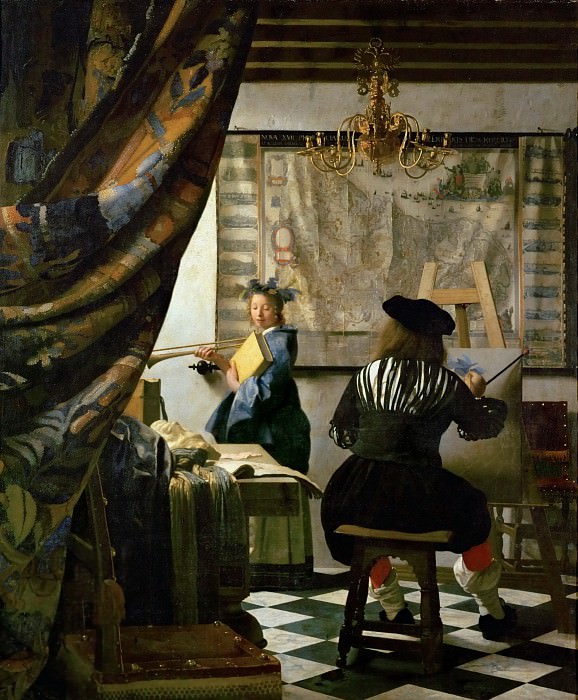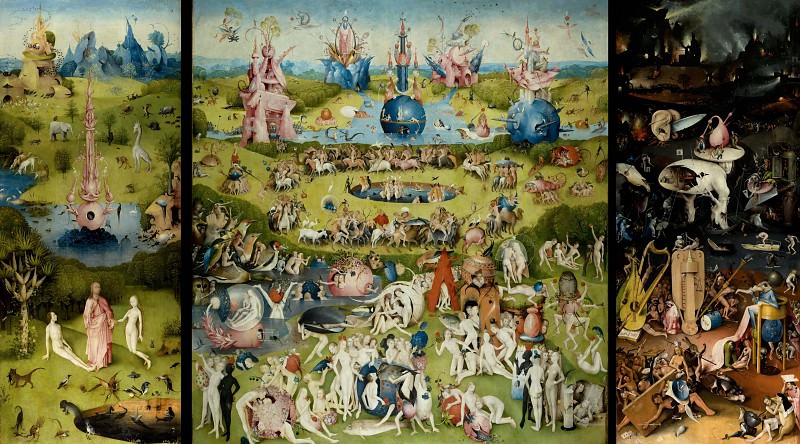James Rosenquist: A Visionary in Modern Art
James Rosenquist, a leading figure in the Pop Art movement, transformed the landscape of contemporary art with his groundbreaking approach. Born in 1933 in North Dakota, Rosenquist’s early life was marked by a fascination with the visual aspects of everyday life, which would later become a hallmark of his work. His art defies easy categorization, blending elements of commercial advertising with high art to create pieces that are both visually striking and thought-provoking.
Rosenquist’s work is characterized by its monumental scale and its use of fragmented imagery. His early career as a commercial artist significantly influenced his artistic style. He worked as a billboard painter in New York City, where he mastered the techniques of visual impact and scale. This experience directly informed his transition into fine art, where he applied similar principles to his paintings, resulting in works that are as monumental in concept as they are in execution.
One of Rosenquist’s most celebrated works is “F-111,” a piece that exemplifies his innovative use of collage and fragmented imagery. Created in 1964, “F-111” is a sprawling, multi-panel painting that critiques the intersection of consumerism and militarism. The piece features a series of overlapping images, including a fighter jet, a woman’s face, and various commercial products. This collage-like approach reflects Rosenquist’s interest in the way visual information is processed in the modern world. Through this work, he challenges viewers to consider the impact of advertising and military imagery on their perception of reality.
Another significant aspect of Rosenquist’s art is his use of color and composition. His paintings are known for their vibrant, almost surreal color schemes, which draw from the neon palette of advertising and the intense hues of popular culture. His ability to juxtapose contrasting elements—such as serene landscapes with industrial machinery—creates a dynamic tension that engages viewers and prompts them to question the relationships between the images.
Rosenquist’s influence extends beyond his own artwork. His innovative approach to composition and visual storytelling has inspired numerous contemporary artists. The fragmented, collage-like quality of his work paved the way for other artists to explore similar themes of consumerism, media saturation, and the impact of technology on society. His work remains a touchstone for discussions about the role of art in reflecting and shaping cultural narratives.
Throughout his career, Rosenquist also explored the theme of the American Dream, particularly in relation to consumer culture. His art often critiques the promises of prosperity and happiness offered by advertising and consumer goods. By deconstructing and reassembling these visual elements, Rosenquist exposes the underlying contradictions and disillusionments associated with the American Dream. His work invites viewers to reconsider the values and aspirations promoted by commercial media and to reflect on their own experiences and expectations.
In addition to his paintings, Rosenquist’s work includes a variety of printmaking techniques, such as screen printing and lithography. These works often echo the themes and visual strategies of his larger canvases, providing another avenue through which he explored his artistic concerns. His prints are notable for their precision and their ability to convey complex visual narratives in a more accessible format.
James Rosenquist’s contribution to the art world cannot be overstated. His unique vision and innovative techniques have left an indelible mark on the landscape of modern art. Through his exploration of visual imagery and his critique of consumer culture, Rosenquist has provided a powerful commentary on the nature of contemporary society. His work continues to resonate with audiences, offering new insights into the ways in which art can reflect and challenge the world around us.
Rosenquist’s legacy is also preserved in various public collections and exhibitions. Major institutions such as the Museum of Modern Art in New York and the Tate Modern in London hold significant works by Rosenquist, ensuring that his influence continues to be felt by new generations of art enthusiasts and scholars. These collections not only showcase the breadth and depth of his artistic achievements but also highlight the ongoing relevance of his work in contemporary discussions about art and culture.
The impact of Rosenquist’s work extends beyond the art world. His innovative approach to visual storytelling has influenced a wide range of fields, including advertising, graphic design, and media studies. By blending elements of commercial and high art, Rosenquist challenged conventional boundaries and opened up new possibilities for artistic expression. His work remains a testament to the power of art to engage with and critique the complexities of modern life.
In reflecting on James Rosenquist’s art, it is clear that his contributions to the Pop Art movement were not merely a matter of aesthetic innovation but also a profound engagement with the cultural and political issues of his time. His ability to integrate visual elements from everyday life into his art, while simultaneously addressing broader social concerns, has cemented his place as one of the most influential artists of the 20th century.
As we continue to explore and interpret Rosenquist’s work, it is important to consider the ways in which his art continues to speak to contemporary issues. His use of fragmented imagery, vibrant color, and critical commentary offers valuable insights into the relationship between art and society. James Rosenquist’s legacy endures not only through his iconic works but also through the ongoing dialogue that his art inspires.















